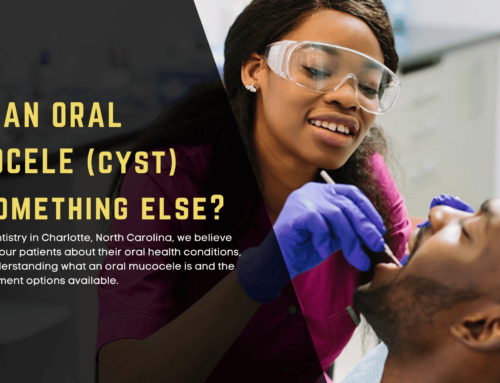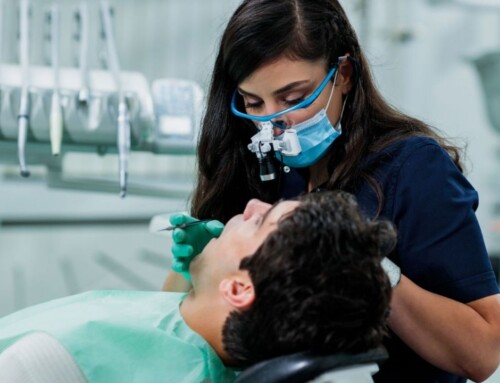
Losing a permanent tooth can be detrimental to your oral health. Not only does it affect the aesthetics of your smile, but it can also lead to problems with eating and speaking. Additionally, losing a permanent tooth can cause neighboring teeth to shift, leading to additional dental problems. If you are experiencing any of these symptoms, it is important to see a dentist as soon as possible.
In this blog post, we’ll take a look at some of the key disadvantages of missing teeth and what to do when you lose a tooth.
How Can Missing Teeth Cause Problems?
- You may have difficulty chewing your food properly
- You may find it difficult to speak clearly
- You may be less likely to smile or laugh, which may affect your social life
- You may look older
- You may be more susceptible to gum disease and other oral health problems
Reasons For Tooth Loss
- Dental trauma caused by injuries
- Poor oral hygiene practice that lead to tooth decay and infection
- Oral diseases
- Other health conditions
- Smoking
- Bruxism (Teeth grinding)
- Age
What to do when you lose your tooth?
Losing a tooth as an adult is more than a matter of cosmetic dentistry; it’s a dental emergency. If you are missing a tooth or a few teeth due to an accident or other factors, you should contact a dentist immediately.
Here are some immediate steps you should follow after losing a tooth:
Locate the tooth
Once you locate it, pick up the tooth by the crown and not the root. Pulling the tooth by the root can cause more damage to the soft tissue.
Stop the bleeding
- Bleeding is generally the first sign of tooth loss. Gently apply pressure to the injury using sterilized cotton balls to reduce bleeing.
- Replace the cotton balls regularly to facilitate clotting formation.
- Rinse your mouth with clean water to avoid swallowing blood; this may induce vomiting.
Rinse the tooth
Rinse and sanitize it with clean water. Refrain from using cleaning products that could affect the tissue of the tooth. Do not scrub or scrape the tooth as this could damage the tissue for reattachment.
Plant the tooth into the socket
- After cleaning the tooth and stopping the bleeding, place it in its empty socket. This can preserve the root and important tissues from damage. Saliva will aid in preserving your teeth and preventing infection.
- Hold the tooth in place with medical gauze or a clean washcloth after inserting it, then bite down gently on the gauze instead of using your finger to apply pressure to keep the tooth in place until you reach the dentist.
If you are unable to replant the tooth in its socket, store it in milk instead of water. Water could damage the root of your tooth, while milk will help preserve it. If milk isn’t available, you can also use saline solution.
Charlotte Dentistry
If you have lost a tooth, don’t panic. There are ways to preserve the tooth until you get to a dental clinic. The most important thing is to not delay getting professional help. If you have more questions, just give District Dentistry a call or book an appointment using our website.





